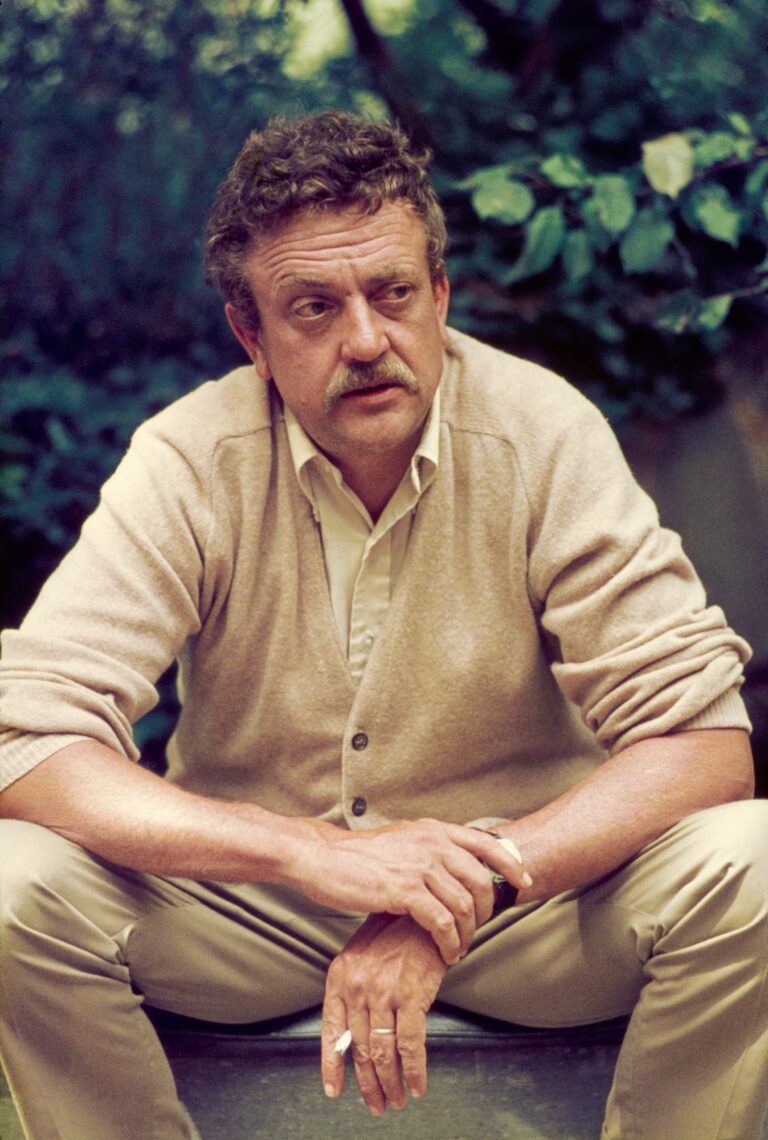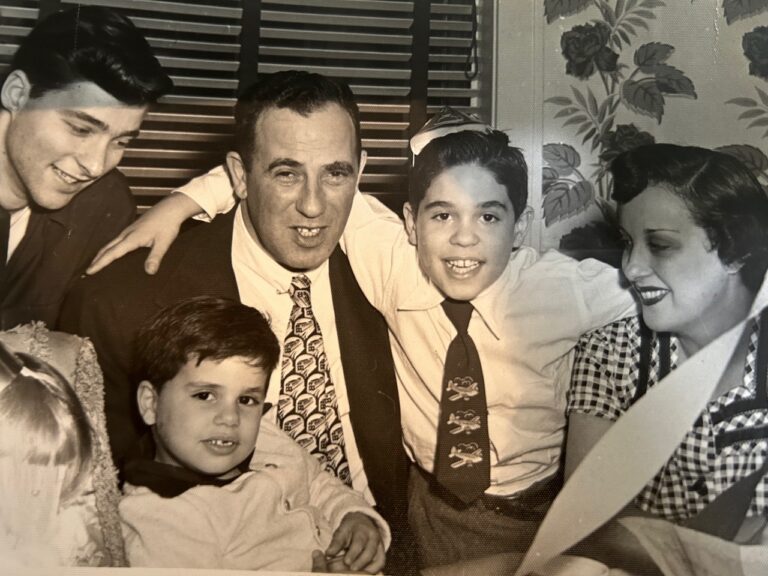Evanston RoundTable, Dec. 18, 2019
In my column of Nov. 14 (“Goodbye to All That”) I argued that the vast changes and trends that have swept through our world in the last several decades have disordered our lives, not always for the better. Increasing disparities of wealth, political turmoil at home and abroad, the hollowing out of American manufacturing and the middle class, the rise and ubiquity of the internet—all generate and reflect the turmoil of modern life.
Simply put, change is hard, and one consequence of all that change is the popular longing for “the good old days,” here defined as mid-20th century America. From today’s distant remove, the 1950s were a high-water mark for the nation. No country before or since has been so safe, so prosperous, so self-reliant and so fortunate. The decade’s manners and morals are seen as worthy of emulation, especially by those who want to make us “great again.” Small wonder: many Americans long for a return to the American Century. But even if we could somehow turn back the clock, it would be a mistake.
Many of the reasons for America’s outsized prosperity were, MAGA notwithstanding, historical and geopolitical accidents. Europe and Asia were still recovering from the destruction of World War II. America’s vast and varied geography allowed us to grow all the food we needed and manufacture all the machinery, cars and appliances we—and much of the rest of the world—could use.
The nation’s post-war boom in population, credit and consumerism meant an ever-increasing market for goods and services. A mid-’50s ride on the CTA cost 25 cents and a gallon of gas was 30 cents. With cheap prices and home-grown commodities the U.S. economy grew 37% during the decade.
Of course there were serious problems. Gains in civil rights and feminism were years in the future, and the Cold War between America and the Soviet Union often threatened to heat up. The prospect of World War III was real and terrifying.
But the Soviets, our chief rivals, were never really a match for U.S. might. As noted in the novel “Rules of Civility” by Amor Towles, “In the 1950s, America had picked up the globe by its heels and shaken the change from its pockets. True, the Communists were out there, somewhere, but … for the time being the Russians just skulked across the pages of spy novels.”
We can look back on that decade as the nation’s last “golden age,” but remember: our privilege and prosperity came at the expense of a war-ravaged world.
Today the dynamic is vastly different. Europe has banded together, China and India have been booming for years and even Japan, smashed in defeat at the end of 1945, has long since assumed its place at the table of great nations. The Eastern European countries, according to the Wall Street Journal, have seen five- to eight-fold increases in gross domestic product since the fall of Communism. Even here in the United States, thanks to significant advances in medicine, average life expectancy has risen almost a decade since 1960.
That is all for the good. We are all better off with more open societies and healthier citizens everywhere. “Any man’s death diminishes me, because I am involved in mankind,” wrote English poet John Donne almost 400 years ago.
Donne’s spiritual connectedness applies even more now. Returning astronauts reported the “Overview Effect,” in which our pale blue dot as seen from space reinforced the notion of one planet, one people. The man who stood up to the tanks in Tiananmen Square stood up for all of us.
Our differences pale in comparison to the bonds of common experience and understanding—the bonds of humanity—that tie us together.





+ There are no comments
Add yours